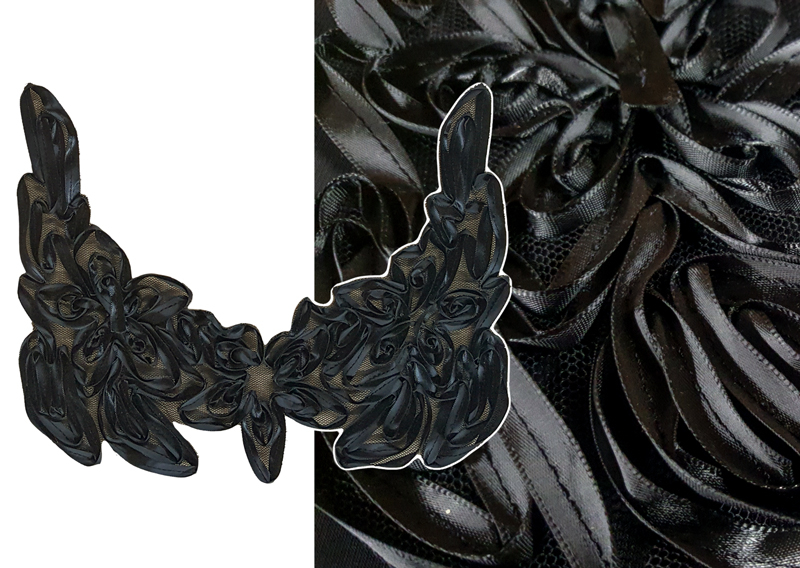Ribbon Embroidery – What is it?
For those interested in exquisite sewn designs, ribbon embroidery is ideal! Continue reading this article to find out every important detail about ribbon embroidery.
What Is Ribbon Embroidery?
This technique of embellishing a fabric involves the use of beautiful and delicate ribbons to create gorgeous designs. Just like traditional embroidery styles, ribbon embroidery is an old form of adornment used over the years to decorate all sorts of fabrics including, clothes, handkerchiefs, quilts, handbags, etc. It has a reputation for being stunning simply because of its sheen and three-dimensional look that makes the work pop out.
When it comes to colors and designs, you can choose from a plethora of options. The quality of ribbon embroidery depends on its basic and essential component: the ribbon. The experts of this type of embellishment technique, such as Faraj Beading, have specialized skills in the traditional Bonnaz ribbon embroidery, and they choose high-quality fabrics and ribbons made using the finest threads. While some tend to include a stiff wire to form a shape, others resort to unwired silk ribbons for a superior feel. Other ribbon materials commonly used are cotton, satin, acrylic, and rayon.
History of Ribbon Embroidery
Ribbon embroidery has gone through multiple phases of popularity and continues to be a favorite embellishment preferred by many. It dates back to 1700, where it first appeared in England as the dressmakers attempted to replicate French couture. Before silk ribbon embroidery gained popularity among the elite and famous, it had been used to adorn garments of the clergy.
Basics of Ribbon Embroidery
This technique uses the same stitches that have been popular for doing embroidery over hundreds of years. Below are some basics things to be mindful of during ribbon embroidery.
Quality of the Ribbon
Ribbons that are 44mm to 7mm in width and made of silk are more commonly used today to create beautiful designs because working with them is easy. The width is important in determining the complete overall appearance. Since the silk material is very thin, it is easier to pass through the fabric, unlike synthetic ribbons, which may be difficult to manage. Silk ribbons are also ideal because they are washable.
Needles
Select a needle that has a large eye and a sharp point. Typically, chenille needles of sizes between 18 and 22 work best. In difficult fabrics, a large-sized needle can be used to make stitches.
Type of Fabric
Although any fabric in which you can insert a needle is good enough, many experts recommend using natural fibers for ribbon embroidery to obtain the best results. You should also choose a fabric that complements the material of the ribbon. For example, you may want to use a fabric with open weaves when using a synthetic ribbon.
Looking for the Finest Ribbon Embroidery?
In case you are looking for an expert ribbon embroiderer, contact Faraj Beading at 973-782-5033 right away. We can decorate your garments according to your demands and at rates suitable for your pockets.


